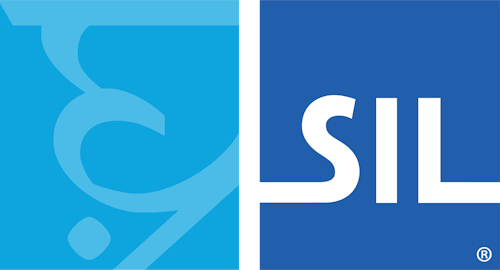Step 2: Creating Additional Files for the Package
You should create some additional files for a package. Below are a list of the typical files that you would create for a package.
- readme.htm
-
A short description of the package, its use restrictions, and what it includes. Try to keep the readme under 10 lines long. The readme is displayed in the package install dialog and should be an html file for optimal formatting.
Create the HTML file in any HTML editor.
Note, if your HTML editor puts images into a subfolder, you will need to edit the HTML source so that all files are in the same folder -- the package builder will not maintain subfolders. You can easily edit the HTML source in Keyman Developer.
Also, if your welcome or readme files use embedded external images, stylesheets, javascript or other files, you will need to add these files to your package as well.
- welcome.htm
-
When including an introductory help file in your package, you must name the file welcome.htm. This file will be detected during install and displayed (in a window roughly two thirds of the user's screen width) after the package install completes successfully. Make sure that you design your HTML file so that it can be resized to fit the user's screen - avoid extra wide tables or wide fixed width elements.
At this stage of the installation, fonts in the package have been installed, so you can include text that uses those fonts.
Welcome.htm will also be accessible after installation from Keyman Configuration under the Package Options menu, and from the Keyboard Help item and On Screen Keyboard toolbar button.
The intention of welcome.htm is to provide instructions on getting started with your keyboards.
You should avoid including instructions for the use of Keyman Desktop itself - although a basic "click the Keyman icon and choose Quick French" would be helpful.
To save you the effort of writing a welcome and readme file for the Quick French example, we have placed some in the Samples/QFrench folder.
If you create documents in other formats, for example PDF or printable documentation, you should link to that in the welcome.htm.
- Fonts
-
A font is the single most important item to include with a keyboard – if the characters of the language you are supporting are not in fonts included with Windows. Installing fonts in Windows is tedious, so make sure that your users don't have to locate and install fonts themselves!
.TTF, .OTF, and .TTC fonts will be installed by the package installer, and uninstalled when the package is uninstalled. A list of the fonts installed is displayed in the Install Package dialog.
- Keyboards
-
Add the .kmx compiled Keyman Desktop keyboards to the package. You can add multiple keyboards to the package, but be judicious.
Add the .js compiled Keyman touch layout keyboards to the package.
- Documentation
-
The two preferred documentation formats are HTML and PDF. You should avoid .DOC, .RTF, and other formats -- .DOC files in particular are not recommended due to the possibility of macro viruses.
Remember that HTML files can be displayed on any computer without additional software. PDF files require Adobe Reader or a compatible PDF viewer application. You may choose to include both and HTML documentation - PDF documents often print better than HTML documents, but HTML documentation is more accessible and translates better to on-screen or web use.
- Splash Image
- The splash image is a 140x250 pixel image that is displayed when the package is installed, at the left of the Package Install dialog. Including a splash image makes your package look more professional and polished, so a splash image is recommended!
- User Interface Translation Files
- You can include user interface translation files in your package – these will be automatically available once you install the package. The user interface files are called locale-xxx.xml, where xxx is the BCP 47 code for the language. The basic English locale.xml file is available in [Program Files (x86)]\Keyman\Keyman Desktop 10.0\xml. Information on the locale.xml file format is available here.




